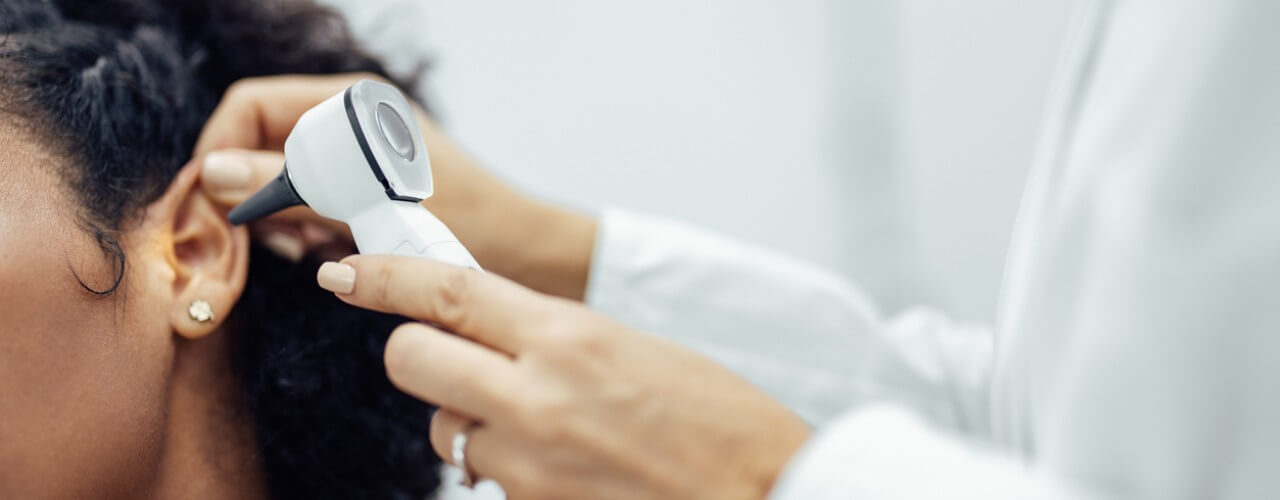Is My Ear Wax Blocking My Ears?
Earwax, a common yet often misunderstood part of our ears' health, plays a crucial role in protecting them. However, when does this natural substance become a nuisance or, worse, a hindrance to our hearing? Let’s talk about earwax and its removal, and when it’s time to seek professional help.
Understanding Earwax
Earwax, or cerumen, is more than just a bodily secretion; it's vital to our ear's health system. Produced by glands in the outer ear canal, its primary role is to protect and clean our ears. Earwax achieves this by trapping dust, debris, and even microorganisms, preventing them from reaching and potentially damaging the delicate structures of the inner ear.
Under normal circumstances, earwax slowly migrates from the ear canal to the ear opening, aided by jaw movements like chewing, where it usually dries up and falls out unnoticed. However, this process can be hindered by various factors.
- Overproduction of earwax, which may be influenced by genetics or environmental factors, can lead to excessive accumulation.
- Narrow or unusually shaped ear canals, often a hereditary trait, can impede earwax from exiting the ear effectively.
- Earwax tends to become drier and harder as we age, making it more difficult for it to exit the ear canal naturally.
These factors can contribute to the build-up of earwax, potentially leading to blockages that can impact hearing and overall ear health.
Signs of Earwax Blockage
Excess earwax in the ear canal can lead to noticeable symptoms, which vary depending on the extent of the blockage. Common signs include:
- Feeling of Fullness: A blocked ear often feels full or clogged, creating a sensation of having something stuck inside the ear.
- Hearing Difficulties: Partial or complete blockage can lead to diminished hearing in the affected ear. Sounds may seem muffled or distant.
- Tinnitus: This condition is characterised by ringing, buzzing, or humming sounds in the ears. While it can have several causes, earwax blockage is a common contributor.
- Discomfort or Pain: In some cases, a build-up of earwax can lead to discomfort or even pain in the ear.
- Dizziness: In rare instances, a severe blockage might affect your balance, leading to dizziness or vertigo.
- Cough: A less-known symptom caused by the stimulation of a nerve in the ear by the pressure of the wax.
Persistent or severe symptoms should prompt a visit to a healthcare professional. These symptoms indicate possible earwax blockage and can also be signs of other ear conditions. Early diagnosis and treatment can prevent complications and ensure proper ear health.
Earwax Removal Methods
Earwax removal should be approached with care. Healthcare professionals often use methods like micro-suction, ear irrigation, or special tools to safely remove earwax. Over-the-counter earwax removal kits are available, but it's crucial to use them as directed. Avoid using cotton swabs or other objects in your ear, as they can push wax further into the canal and cause damage. We have a variety of different methods to cater to different needs and wants.
Preventing Earwax Blockages
Maintaining ear hygiene can help prevent excessive earwax build-up. However, this doesn't mean over-cleaning, which can irritate the ear canal. Regular check-ups, especially if you're prone to earwax blockages, can help keep your ears healthy.
While earwax is a natural and necessary part of our ear health, its excessive build-up can lead to discomfort and hearing issues. Understanding the signs and knowing when to seek professional help is important. If you’re experiencing any concerns related to earwax, get in touch with us. We are here to offer expert advice and safe earwax removal services.












